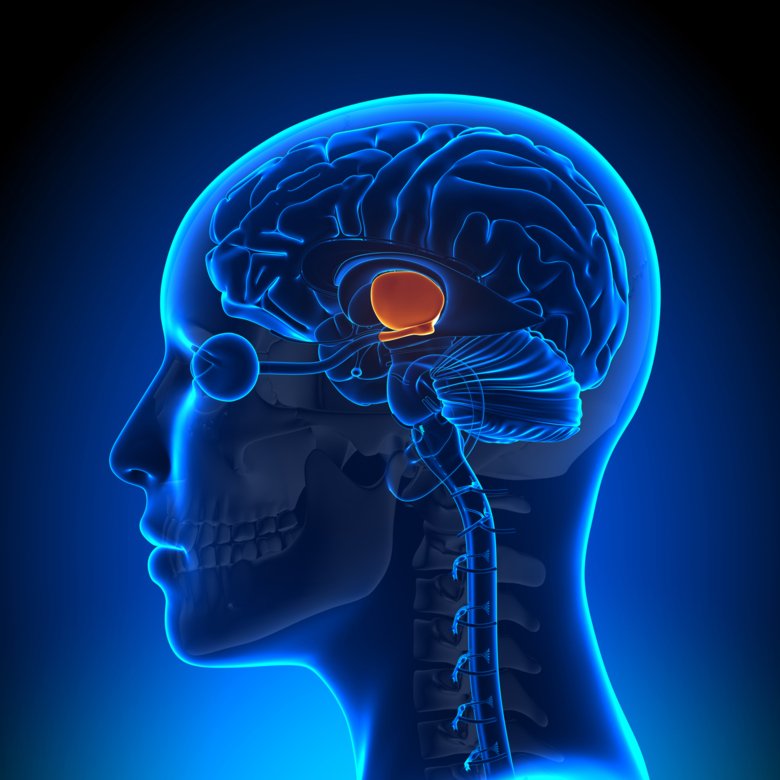Brain study contributes to increased understanding of endocrine diseases

Many nerve cells in the brain region hypothalamus have unexpected origins and go through complex development programs, where millions of neurons assemble into a precisely knit network by birth. That is according to a study by researchers at Karolinska Institutet in Sweden and the Medical University of Vienna published in the journal Nature. The findings may further our understanding of hormonal diseases and their origins, according to the researchers.
Using mouse models and human disease-related genome-wide association data, the international research team has charted the development of different cell types in hypothalamus. This brain area regulates essential metabolic functions during the brain’s early development, and transcriptional impairments could lead to diseases later in life. Hypothalamus releases hormones that regulate processes such as stress, body temperature, sleep and day-night cycles, reproduction, food and fluid intake as well as bodyweight. Impairments during the developmental phase have been linked to obesity, post-traumatic stress and sleep deficits later in life.

“Understanding the developmental design of the brain area that hosts highest-order command cells for key hormonal systems will advance the understanding of virtually all endocrine/neuroendocrine diseases with developmental origins,” says principal investigator Tibor Harkany, professor at the Department of Neuroscience at Karolinska Institutet and head of the Department of Molecular Neurosciences at MedUni Vienna's Center for Brain Research.
Data from tens of thousands of cells
The study primarily relied on single-cell RNA sequencing, the most advanced tool kit to molecularly profile cell types. Data from tens of thousands of cells were integrated to understand when and where nerve cells are born, how they find their final positions and mature into neuronal types that can orchestrate hormonal responses, and by which mechanisms they sense bodily signals and communicate those to higher brain centers. As a result, the researchers categorized the organization of all neuronal types that have been shown to exist in the adult hypothalamus over the past century as well as discovered hitherto unknown neurons.
The research team has particularly looked at dopamine neurons, which inhibit the release of prolactin, the hormone regulating fertility and milk production after pregnancy. They found that the precursors to these cells switch their identities and become one of at least 9 subtypes of dopamine cells. It was also shown that the program of differentiation for dopamine cells is regulated by a unique set of molecules, transcription factors, whose mutations in humans induce obesity and abnormal stress responses.
Provides a cellular template
“Demonstrating the many cell types in the hypothalamus is a breakthrough, because it will provide a cellular template to study hormonal functions and neuroendocrine and metabolic diseases,” says Tibor Harkany. “We expect nothing less than the discovery of novel and reciprocal modes of brain-periphery communication, perhaps even by as yet unknown hormones, in the not-too-distant future.”

The findings in this study will require experimental follow-up to distinguish the cell types’ specific functions, and to identify both communication partners in other brain areas and sensitivity to peripheral hormones.
“This study is a milestone, because it charted one of the most complex brain areas that controls more outputs fundamental to sustain life than any other we know of,” says Tomas Hökfelt, professor emeritus at Karolinska Institutet and adjunct professor at MedUni Vienna. “Thereby we will be able to place many of the exquisite early findings that focused on individual cell types into systems-wide contexts and estimate their relative contributions to various neuroendocrine and endocrine diseases.”
Funding for this study was provided by the Swedish Research Council, the Novo Nordisk Foundation, the European Molecular Biology Organization, the Austrian Science Fund, the Japan Agency for Medical Research and Development and Hållsten Research Foundation.
Publication
”Molecular design of hypothalamus development,” R. Romanov, E. Tretiakov, M. Kastriti, M. Zupancic, M. Häring, S. Korchynska, K. Popadin, M. Benevento, P. Rebernik, F. Lallemend, K. Nishimori, F. Clotman, W. Andrews, J. Parnavelas, M. Farlik, C. Bock, I. Adameyko, T. Hökfelt, E. Keimpema and T. Harkany, Nature, online 6 maj, 2020, doi: 10.1038/s41586-020-2266-0
